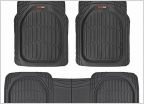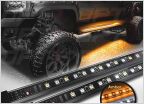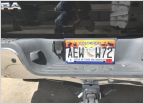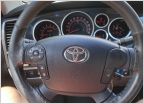-
Welcome to Tundras.com!
You are currently viewing as a guest! To get full-access, you need to register for a FREE account.
As a registered member, you’ll be able to:- Participate in all Tundra discussion topics
- Transfer over your build thread from a different forum to this one
- Communicate privately with other Tundra owners from around the world
- Post your own photos in our Members Gallery
- Access all special features of the site
Secondary Air Injection Valve Replacement write up. Check Engine Light with P2441 code
Discussion in '2nd Gen Tundras (2007-2013)' started by Landodnal, Jun 5, 2022.


 Floor mats
Floor mats Side kick running lights
Side kick running lights Trailer Harness Relocated
Trailer Harness Relocated Steering wheel rehab
Steering wheel rehab Has anyone seen this back up monitor in an 07-08 with a sunroof?
Has anyone seen this back up monitor in an 07-08 with a sunroof? Tow Mirrors
Tow Mirrors














































































